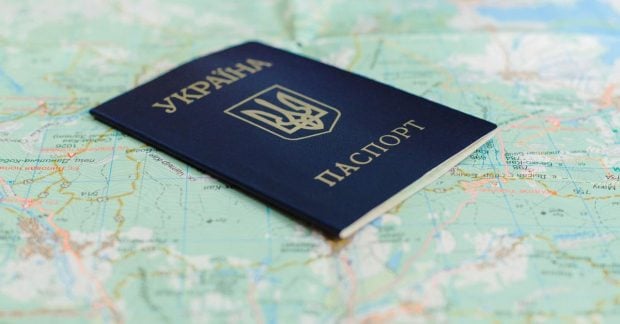After 10 years perfecting the new fabric, as well as the machinery to produce it, he was ready to patent his invention: the wait was worthwhile, for it would make his fortune. He called his company and brand Velcro, from the French word velours (velvet) and crochet (hook). It received a boost in the 1960s after being adopted by NASA for astronauts’ clothing.
Quinquina
For centuries, whole armies were decimated by malaria. It destroyed successive invaders of Rome – Visigoths, Vandals, Huns and Ostragoths, and even a Roman invasion of Scotland once lost half its 80,000 men. In 1638, Ana de Osorio, the Countess of Chinchon and wife of the Spanish viceroy of Peru, was close to death with malaria in Lima. The doctors suggested they used a local remedy, an extract of an Andean bark, quinquina. The countess was saved, and wen she returned to her estates near Madrid, she used the bark to protect her workers. It was also brought back by her physician and sold in Seville, known as ‘the Countess’s bark’, at first only available to the rich. However, the Jesuits became involved and it became something of a Catholic monopoly, and so some Protestants refused to use it – Oliver Cromwell, for instance, called it ‘the powder of the devil’ (he died early, having suffered repeated bouts of malaria).
Two centuries later, botanist Clements Markham persuaded the Indian Office and Kew Gardens to finance an expedition to find the original quinquina plants and reproduce them in India. Between 1859 and 1862, he brought in the trees and large-scale production began. Quinine became the world’s main protector against malaria, not least as an ingredient of the colonial’s favourite tipple, made to make its prophylactic powers more palatable: gin and tonic.
Tomatoes
Lycopersicon esculentum probably originated on the slopes of the Andes, from Ecuador to southern Chile and later spread to Central America. The Spanish not only took tomatoes to Europe, but spread them across the world to the Philippines, whence they reached China and the rest of south-east Asia. In 1544, an Italian botanist noted the arrival of the tomato in Italy and, four years later, it was recorded that a basket of them had been sent from the estate of Cosimo de Medici, Duke of Tuscany, probably just to provide a table decoration: as a food, it took a while to catch on.





